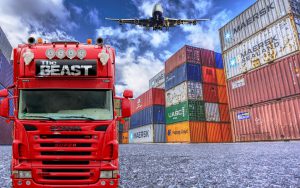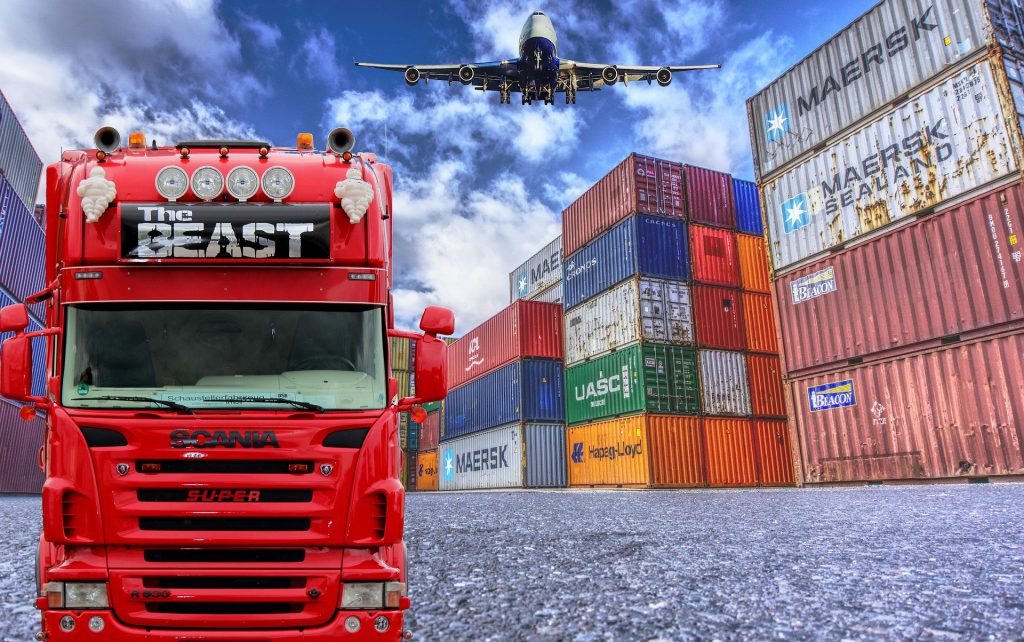COVID-19 has illustrated the fragility of most supply chains – think toilet papers or PPE masks in the middle of the crisis – but the story is actually much bigger than COVID-19;
Globalization, climate change, cyberattacks, trade disputes, political instability and many more strategic forces represent major, constant threats for supply chains. I like to call them ‘disruptive risks‘. Any of these disruptive risks, not just pandemics, has the potential do turn dysfunctional the vast majority of modern, complex, global supply chains.
Very much like Nassim Taleb’s Black Swan, typically when one of these disruptive risks occurs, it catches us by utter surprise – even though we can explain it in hindsight. Unfortunately, these risks result in huge, disruptive interference to supply chains and consequently to the wellbeing of businesses. The only thing that is certain is that we should be planning for the unexpected, as disruptive risks will continue to materialize. Data actually shows that the frequency of these disruptions is increasing over time.
In this perspective, COVID-19 should be taken as an opportunity by businesses to adopt their supply chains to better accommodate with these disruptive risks. It is not just a defensive strategy to prepare for worst-case scenarios, but also a growth opportunity to set the foundations for holding a competitive edge in this type of situations.
So where do we go from here? There is no silver bullet, of course, but I strongly believe – looking at global case studies as well as recent stories from our customers – that every successful supply chain risk management strategy should pursue the following elements:
- Transparency – about your suppliers and ideally also about their network of suppliers. This is not just about your suppliers’ performance and financial situation, but also about their actual state of production of the goods/services that your business is sourcing from them. How can this be achieved? Check out the next section.
- Digitization – this is a subset of the overall digital transformation this is happening across the board at a higher pace than ever before as we speak. Digitization is key for achieving multiple objectives in connection with supply chains, such as: reduced level of inventory (‘digital inventory’), instant visibility into a business’ global inventories, instant communication between supply chain and the business – so the marketing strategy can be adjusted if needed, etc. Digitization also leads to Automation.
- Automation – automation is key to stay competitive nowadays. But set your expectations right, automation doesn’t necessarily mean no need for human labor. I would rather think about it as optimizing the use of human capital and eliminating the need to spend a lot of time on boring, routine tasks. This efficient resource allocation leads to increased productivity, higher quality of produced goods and ultimately business growth. Implementing Automation in a smart, scalable manner is enabled in many cases via artificial intelligence (AI). AI has the ability to provide instant & actionable insights, improve over time (machine learning) and do its magic while using minimum computing power, thus making it ideal for remote workers. We at PrintSyst apply an advanced AI engine in highly complex 3D printing settings and can testify first hand about AI’s advantage for manufacturing.
- Redundancy – last but not least, having some redundancy in a supply chain is key to being less fragile. Think about the redundancies in our human body of mission-critical organs (lungs, kidneys), which have proved to be “efficient” over the course of time. Things like local production capabilities, geographic diversification, using multiple manufacturing technologies and the likes come to mind. But be aware – combining Redundancy with the mentioned above elements is critical for creating an optimized level of Redundancy in your supply chain.
To summarize, these four elements are synergetic and complementary to each other. The exact implementation requires careful consideration and sometimes the involvement of subject matter experts and/or cutting-edge technologies.
We at PrintSyst are working closely with our customers on creating scalable, automated and efficient 3D printing operations. A recent success story of a 3D printing operations in the Aerospace industry might be a good reference to take into account as you consider your next steps in addressing this strategic issue.




